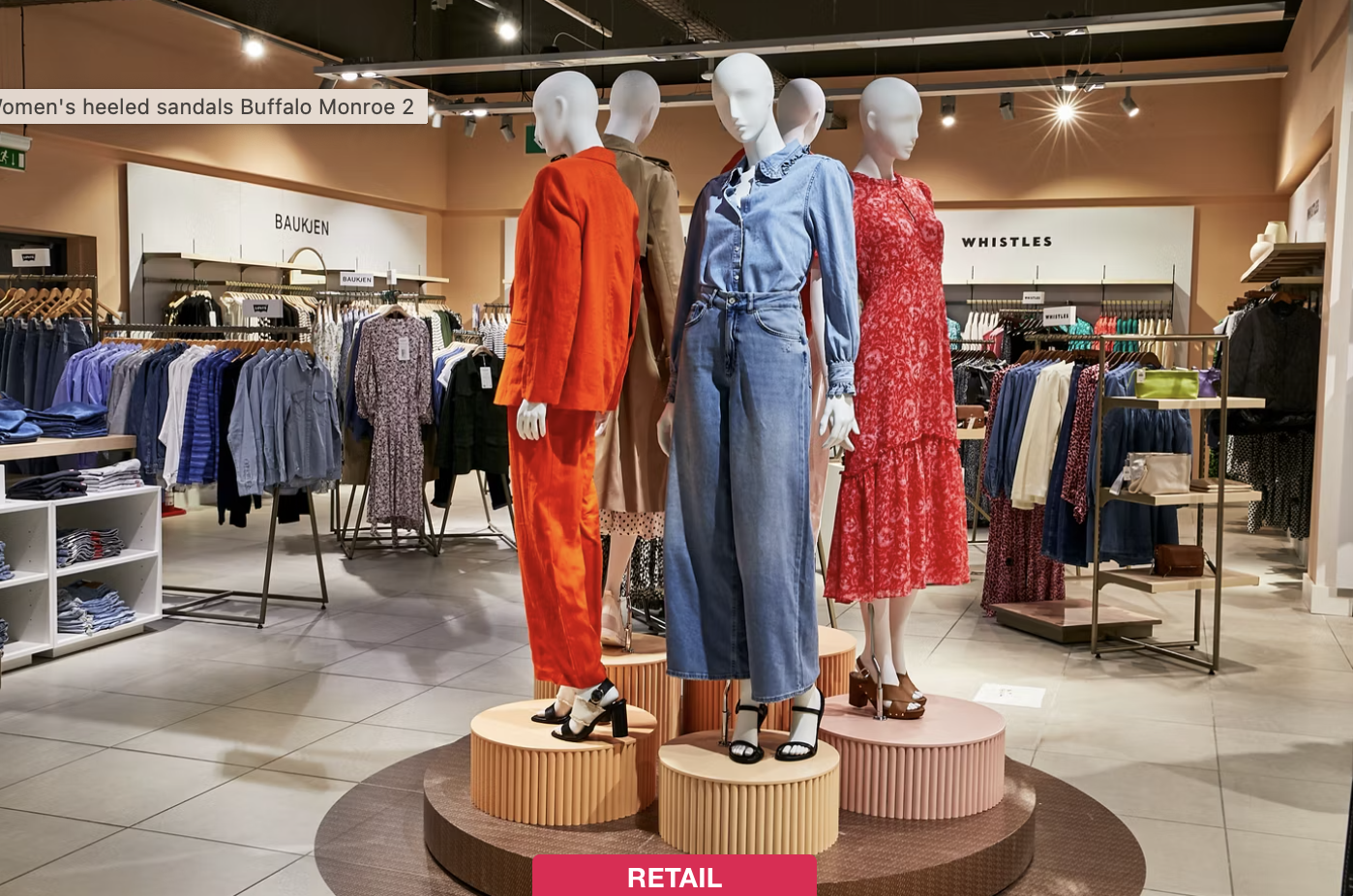John Lewis is rewriting its fashion playbook. In partnership with the British Fashion Council (BFC), the retailer is adding over 100 new names - from heritage heavyweights like Vivienne Westwood and John Smedley to cult labels such as Snow Peak and Nigel Cabourn. There’s even talk of a 25-piece capsule with Mulberry.
But this isn’t a numbers game. As director of fashion Rachel Morgans put it, the aim is to create a “carefully curated range” that feels distinct, relevant and customer-first. In a sector where multibrand retailers have often leaned on volume and discounting, John Lewis is making a clear pivot: less mass-market sprawl, more intentional curation.
📊 Supporting Stats
UK multibrand retail has struggled: department store closures rose 83% between 2016–2021 (Local Data Company).
Meanwhile, curated multibrand platforms are thriving - MatchesFashion reported £430m in revenue before its 2023 sale, while Ssense doubled its valuation to $4.1bn in 2021 (Financial Times, Forbes).
57% of UK consumers now say they value “curation and edit” over sheer product choice in retail (WGSN Future Consumer Report 2024).
🧠 Decision: Did It Work?
Strategically, this looks like the right move. John Lewis has struggled with brand perception - reliable but rarely aspirational. By aligning with the BFC, the retailer borrows cultural capital and gains credibility with both established fashion players and younger consumers looking for discovery.
Where it could falter is execution: a curated edit only works if the product storytelling is sharp, the digital experience feels premium, and the brands are given space to shine. If it turns into a bloated roster tucked into generic shopfloors, the impact will be lost.
📌 Key Takeouts
What happened: John Lewis announced 100+ new brands in fashion via a partnership with the BFC, focusing on curation over expansion.
What worked: Strong cultural alignment with British fashion; high-profile names like Westwood and Mulberry create buzz; mix of established and emerging labels adds credibility.
Risks: Without clear storytelling and visual identity, “curation” could look like clutter. Execution will decide whether this is reinvention or repackaging.
Signals: Retail is moving from department-store sprawl to edited, narrative-driven multibrand environments. The consumer appetite is for depth, not breadth.
For marketers: Collaborations with cultural institutions (like BFC) are a shortcut to credibility, but only if backed by distinct consumer experience.
🔮 What We Can Expect Next
If John Lewis nails this, expect to see more department store chains lean into “curation as strategy,” borrowing from the playbooks of Dover Street Market and Liberty. Capsule collections and exclusive drops will become the retail weapon of choice to cut through. But the risk of “premium fatigue” looms: if every retailer claims curation without real editing power, consumers will tune out.
John Lewis’ gamble is simple but bold: can a legacy department store become a destination for discovery again? The answer will depend on whether this move feels like fashion-led reinvention - or just another round of rebranding.
